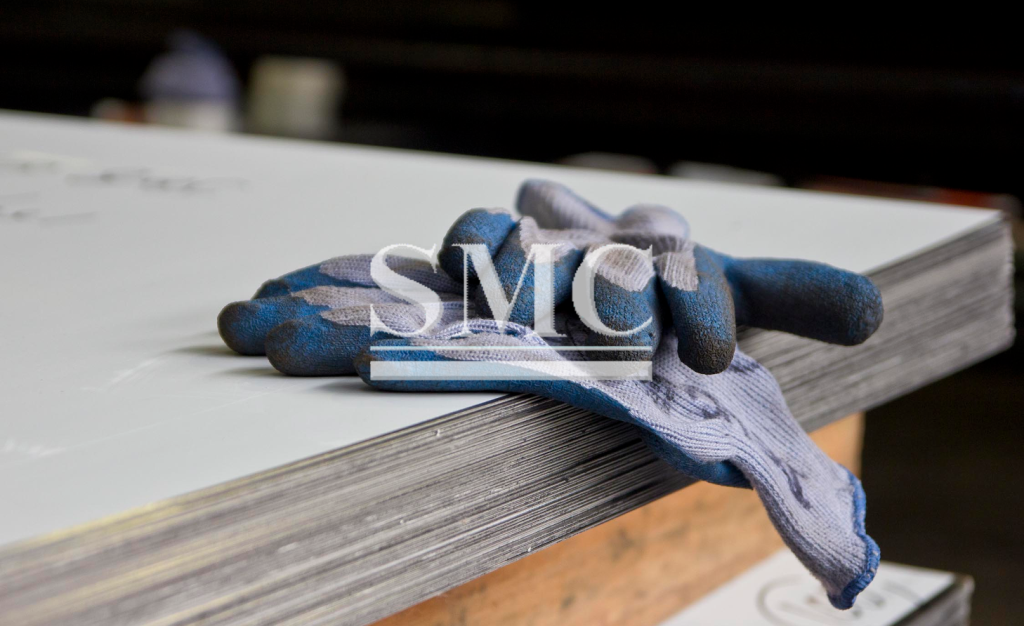
- Company overview The heart of SMC Vision & Philsophy Partnership Certifications Company culture
- Our service Design and Engineering Maintenance and Service Examine Production Line Upgrade and Transformation Storage and Logistics Processing, Trading and Distributor
- Management Our history Global responsibility Info Center
- Procurement center Internship
- Metal Steel Products Stainless Steel Products Aluminum Products Copper Products Galvanized Steel and PPGI Special Alloy Building Material
- Containers ISO Standard Container Equipment Container Storage Container Container House Refrigerated/Reefer Container Offshore Container Tank Container Container Fittings Container Trailer
- Gas Cylinder & Fire Extinguisher Cryogenic Liquid Cylinder Oxygen Gas Cylinder Storage Tank CNG Gas Cylinder LPG Gas Cylinder Hydrogen Gas Cylinder Nitrogen Gas Cylinder Industry Gas Cylinder Fire Extinguisher
- Metal Machinery Forming Machine Other Machinery Cutting Machine Processing Machine Bending Machine Block Machine Motor Spare Parts
- Mechanical Products Vehicle Industry Miscellany Mooring Equipment Marine Equipment Pressure Vessel Conveyor Belt Laser Equipment Bearing
- Electrical System Electrical Cable Automation Power Distribution Solar Power System Electric Protection System Transformer Production Line Lighting System
- Project Fiberglass Reinforced Plastic Plastic Pipes and Pipe Fittings Pontoon System
Stainless steel prices are rising, make sure you have volumes covered
Base prices have increased three times since the beginning of 2016. Stainless buyers have already been paying a steady increase in base prices in the transactional market. By now, most contract stainless buyers are at base prices higher than their prior contract period. Master distributors are extracting premiums as metal buyers scramble to fill in any gaps in their supply chains. Another base price increase is expected to be announced after the September anti-dumping duty determination on Chinese cold-rolled, flat stainless steel.
In case of US, the U.S. mills have the momentum to capture another base price increase. Domestic mills have strong order backlogs. Domestic lead times continue to be longer than the normal six to eight weeks. The impact of the anti-dumping and countervailing duty lawsuits against Chinese cold-rolled stainless has finally occurred.

The latest U.S. Census statistics showed cold-rolled stainless imports into the U.S. from China dropped to under 2,000 metric tons in May, compared to almost 10,000 mt in April. Other Asian importing countries have not significantly increased activity into the U.S. Increased imports into the U.S. from Europe have amounted to less than a 1,500 mt-per-month increase.
The threat of trade cases has made many importers cautious about the U.S. market. Whether domestic or import, the metal buyer should expect to be paying higher overall prices in the upcoming months. Since publishing our July monthly outlook, nickel prices have climbed 12%.
Even though prices are on the uptick, stainless buyers need to ensure that their volumes are covered. Any manufacturer with spikes in stainless demand may have difficulty in procuring additional material quickly, especially in bright-annealed, polished and thicknesses less than .030 inches.
